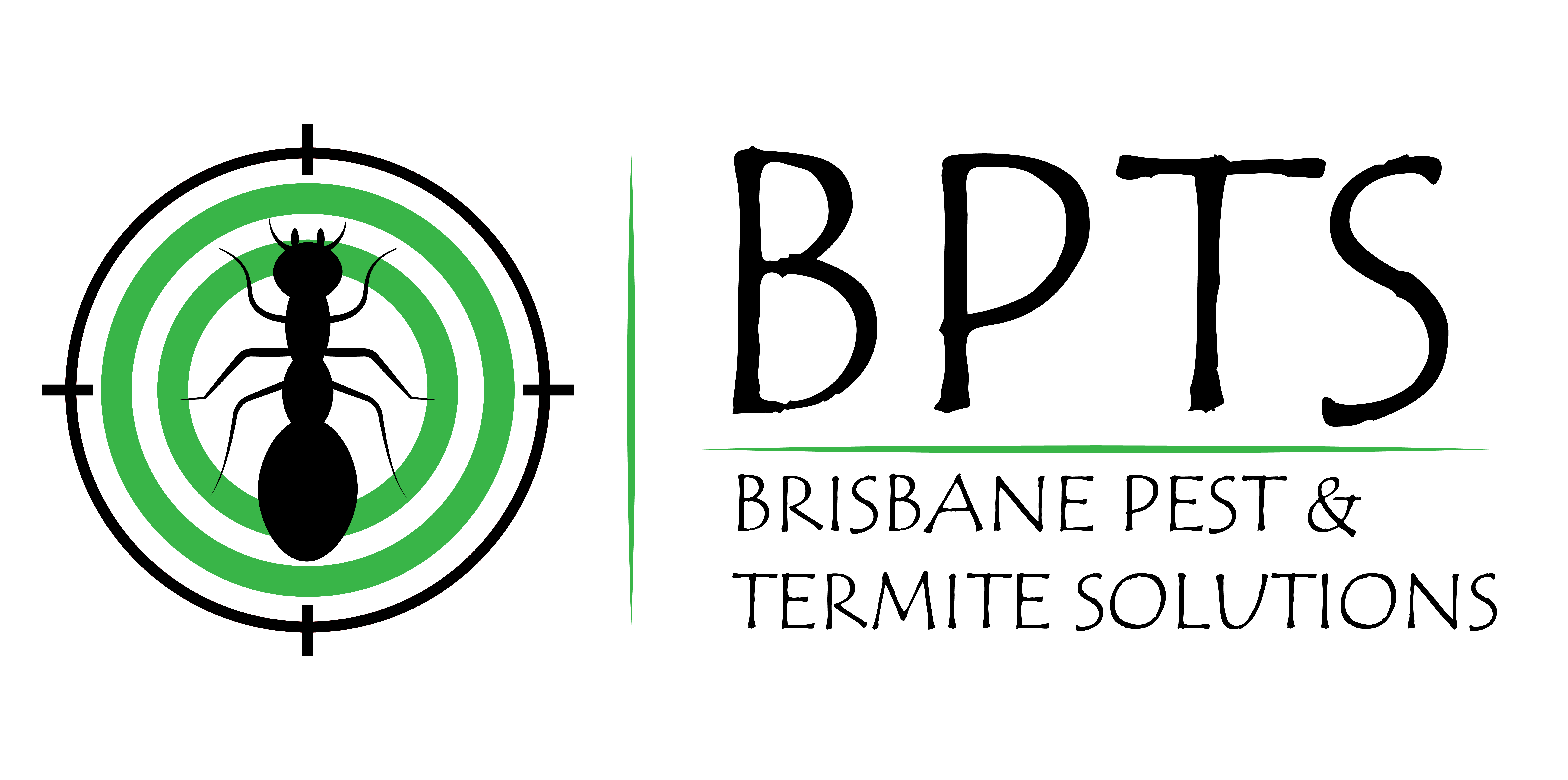Effective pest management in aged care facilities is essential for maintaining a safe and healthy environment for residents, staff, and visitors. Pest infestations can pose health risks, cause property damage, and damage the reputation of the facility.
Here are some steps that can be taken to implement an effective pest management program in an aged care facility:
Identify potential pest entry points: Inspect the facility to identify areas where pests can enter. This may include cracks and crevices in walls and floors, gaps around doors and windows, and holes in screens.
Implement preventive measures: Implement measures to prevent pests from entering the facility, such as sealing cracks and gaps, installing door sweeps, and ensuring that screens are in good repair.
Monitor for signs of pest activity: Regularly inspect the facility for signs of pest activity, such as droppings, gnaw marks, and sightings of pests.
Respond promptly to pest sightings: If pests are sighted, respond promptly to address the issue. This may involve the use of traps, baits, or insecticides, depending on the type and severity of the infestation.
Train staff on pest management: Ensure that staff are trained on pest management practices and are aware of their role in maintaining a pest-free environment.
Work with a licensed pest control company: Work with a licensed pest control company to develop a pest management plan that is tailored to the specific needs of the facility. The plan should include regular inspections and treatments to prevent and address pest infestations.
Overall, an effective pest management program involves a combination of preventive measures, regular monitoring, prompt response to pest sightings, and ongoing staff training. By implementing these steps, aged care facilities can help ensure the safety and well-being of their residents, staff, and visitors.
